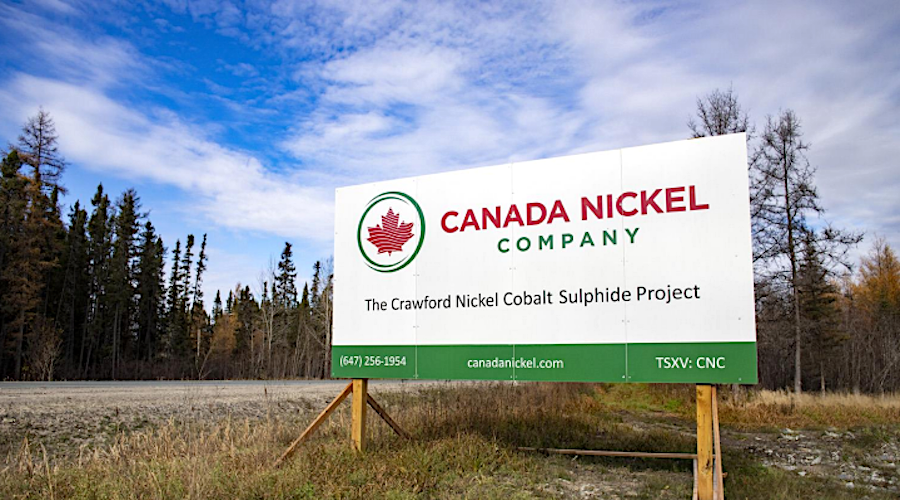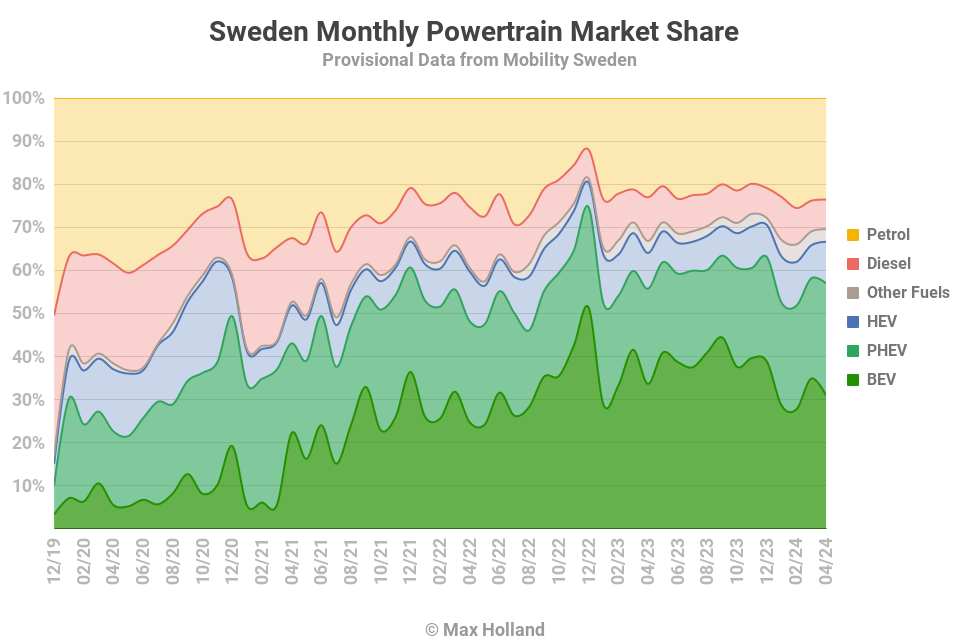Sign up for daily news updates from CleanTechnica on email. Or follow us on Google News!
For various reasons, many of us have spent time without a roof over our heads. For some, it’s homelessness that brought us there. For others, it was military service or other government work. For the craziest of us (I’m in this last category) we did it for fun or as part of youth activities. So, it’s common knowledge that you can sometimes go for days, weeks, or months without normal shelter and survive. Food is important, but humans can go days or weeks without food and survive. But if you don’t have access to clean water, you could die within hours, but maybe last 2-3 days at most.
So, the technologies, the science, and the public policy behind clean water is a pretty big deal. But it’s a big deal that most people don’t know that much about. This can lead us to take it for granted. So, I wanted to share two stories from the western United States that show some of what it takes to make sure there’s not only water when you turn the knob, but water in the toilet and water to grow the food you eat.
Efforts To Protect Watersheds After Climate-Fueled 2020 Fires
After the particularly intense forest fires of 2020, the U.S. Forest Service’s managers found out pretty quickly that they needed help. After all, the headwaters of the streams and rivers that lead to reservoirs and ultimately to water systems all start up in the mountains. The rain and the snow (especially the snow) that collects in the high elevations usually trickles across and through a healthy ecosystem that keeps the mud and germs from going downstream with the water we need.
Fortunately, they were able to put together a coalition of forest managers, conservation groups, water utilities, and universities to tackle the problem and keep us from coming up dry down in the valleys and deserts. They figured out pretty quickly that without rapid vegetation regrowth, the streams (and ultimately the rivers) weren’t going to produce. This process normally takes decades on its own, and even centuries at higher elevations. Add in things like bark beetle outbreaks and climate change and there are important questions about whether the recover will take even longer or perhaps not even happen at all.
I don’t know about you, but the “not at all” options sounds pretty bleak, and labor to promote regrowth through replanting can’t happen all at once. So, the Forest Service had to turn to scientists to figure out where they should start to have the greatest impact. Then, funding and labor from utilities, conservation groups, and the Infrastructure Law were put to work along the sides of the streams, as recommended by the scientists.
Research and work is ongoing, but things are looking promising now.
 Chip in a few dollars a month to help support independent cleantech coverage that helps to accelerate the cleantech revolution!
Chip in a few dollars a month to help support independent cleantech coverage that helps to accelerate the cleantech revolution!
Arizona Fights With Saudi Arabia Over Water
Sadly when it comes to water in the West, it’s not always a cooperative effort where everyone is on the same side. A story out of Arizona shows us that sometimes it can not only get ugly, but become an international scene.
Like Arizona, Saudi Arabia struggles to get water. Deserts are like that. But, Saudi Arabia isn’t taking the water directly from Arizona. Instead, a Saudi dairy company called Almarai used its subsidiary Fondomonte to grow feed for its cows west of Phoenix, Arizona. Totaling over 4,000 acres of alfalfa, the company drew an unmeasured amount of water from the ground, accelerating depletion of the aquifer. Larger attention was brought to the company after it bought 10,000 more acres in 2014, and extended drought conditions made it an important issue.
Recently Governor Katie Hobbs pulled the company’s water permits, also citing hazardous materials storage conducted improperly. This is on top of three other leases in nearby Butler Valley for excessive water use. The company plans to appeal the governor’s decison.
Overall, this is part of a much bigger issue in the western United States. The largest river in the region, the Colorado River, has been mismanaged for decades. When decisions were made about how much water each state along the river would get, it wasn’t known that the whole region was experiencing record moisture and river flows. So, nobody has been able to get what they were promised. Reservoirs like Lake Mead and Lake Powell have been running almost dry, and have been pulled from the brink by some sporadic extra snowfall and rain last year.
One big problem with the conversation around water usage is that most people blame the wrong people for it. It’s easy to see water going out on to lawns, into swimming pools, and to water golf courses, but the cumulative amount of water from all of that amounts to very little. The biggest users of the river’s water by far are agricultural. The thirstiest crops alone, like alfalfa feed for cows and horses, amount to many times the amount of water going to cities for municipal use (including lawns, golf courses, pools, etc).
So, as the amount of water in the rivers begins to dwindle, there’s valid debate over who should get what. The alfalfa farmers are now starting to face scrutiny now that more of the public are aware that they use a lot more water than the people who’ve been blamed for water shortages in the past. Foreign companies growing alfalfa to ship overseas are the easiest to target, because they’re indirectly taking scarce American water and sending it overseas.
Fondomonte was taking water from aquifers, but they’re tied to the Colorado in several ways. For one, cities aren’t able to take but so much water from the river via the Central Arizona Project, a massive canal system that moves Colorado River water as far away as Phoenix and Tucson. Cities are also limited in what they can take from the ground, so it frustrates municipal users to see themselves limited while overseas-owned companies are taking the water for themselves in unlimited quantities.
Unfortunately, putting a stop to one foreign-owned company’s water use and alfalfa exports won’t solve the problem and help recharge aquifers or refill the reservoirs. There are many other foreign companies, but even all foreign companies put together won’t fix it. Ultimately, water use by both foreign and domestic end use will have to be managed better, with perhaps more alfalfa production shifted away from drying western rivers to other basins with more spare water.
But, getting there will probably require a lot of money. The farmers of these thirsty crops often have senior water rights over other users and there’s little that can be done to involuntarily reduce their water access. Instead, the federal and state governments will probably have to buy farmers out and help them either relocate their operations or switch to growing something less thirsty.
Featured Image: A newly planting seedling is sheltered by a charred mature tree. This planting site will help it retain water and stay protected from the elements as it grows. USDA Forest Service photo (Public Domain) by Erika Reiter.
Have a tip for CleanTechnica? Want to advertise? Want to suggest a guest for our CleanTech Talk podcast? Contact us here.
Latest CleanTechnica TV Video
CleanTechnica uses affiliate links. See our policy here.




